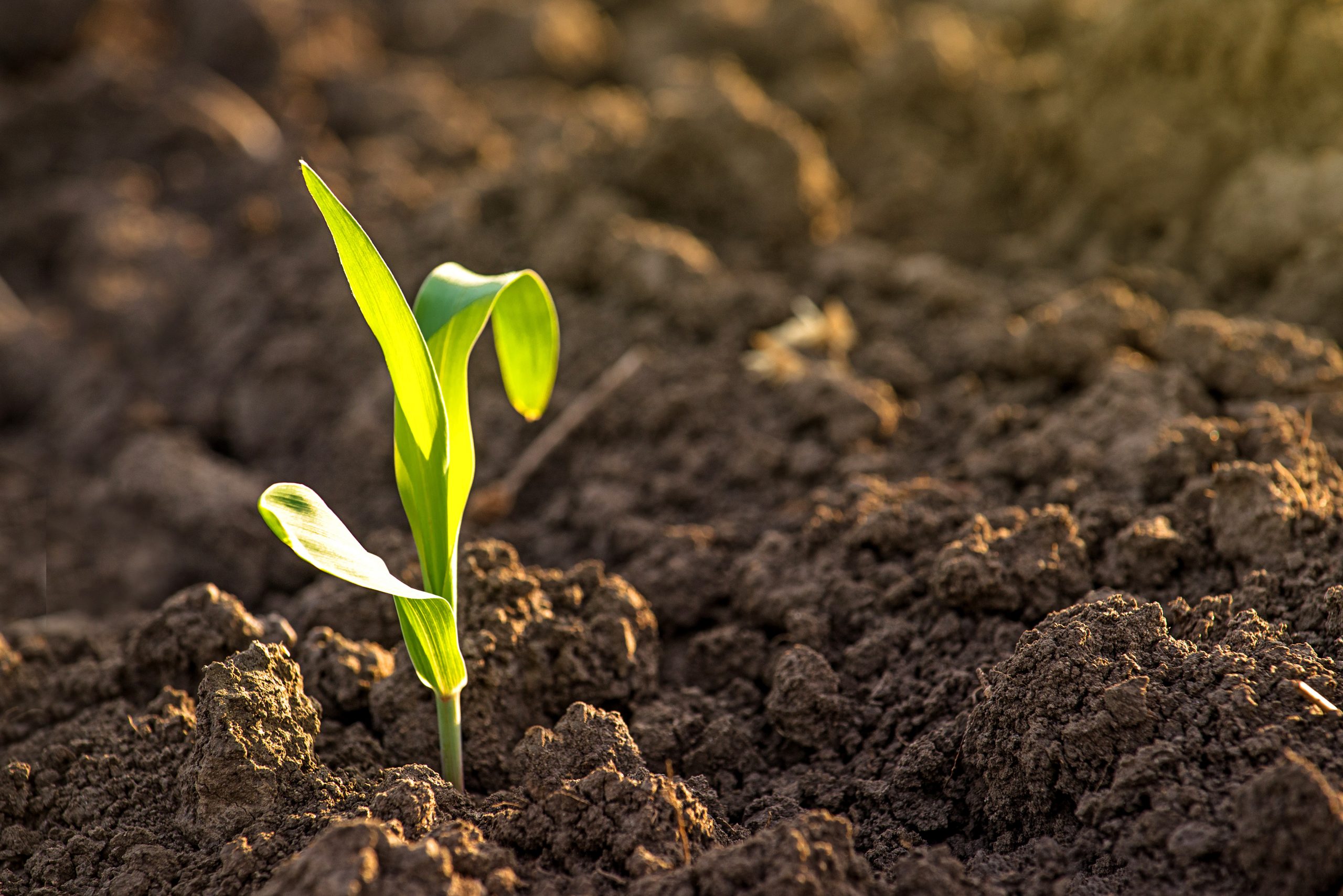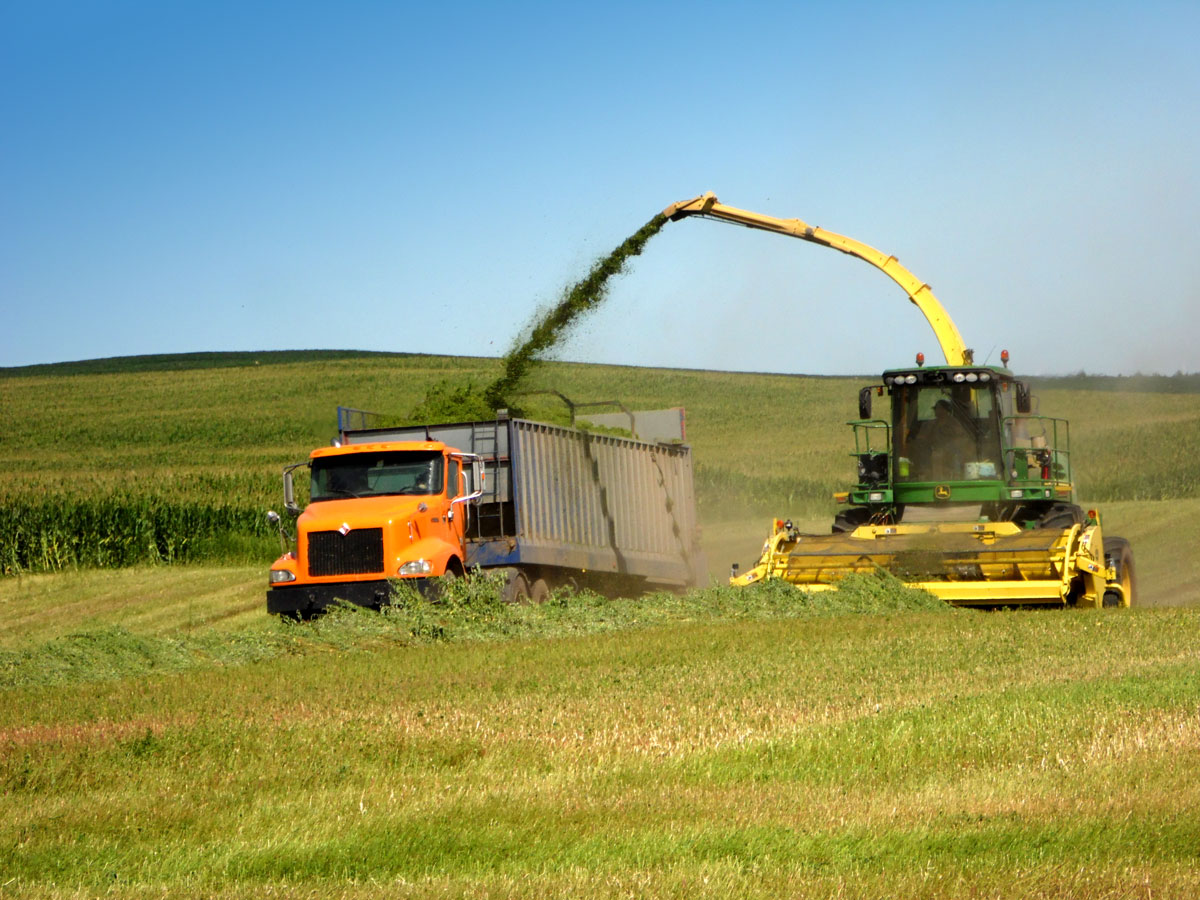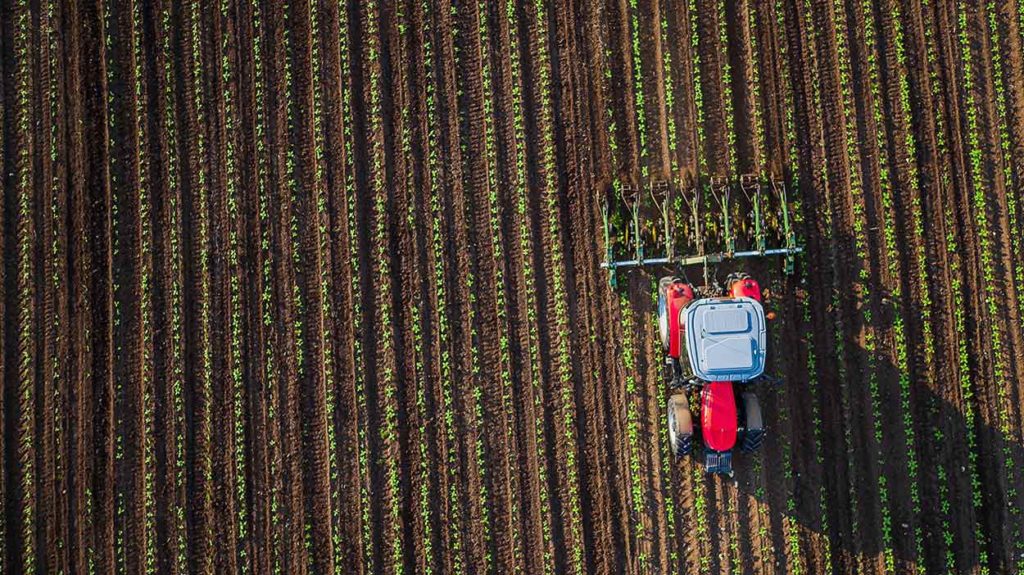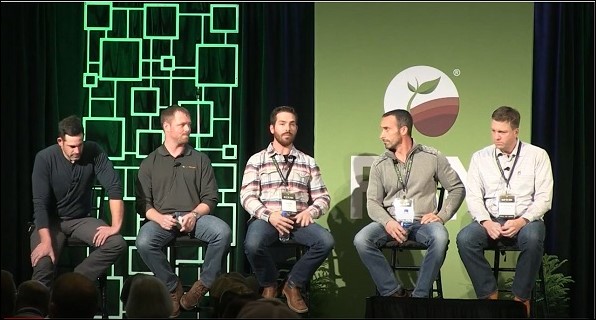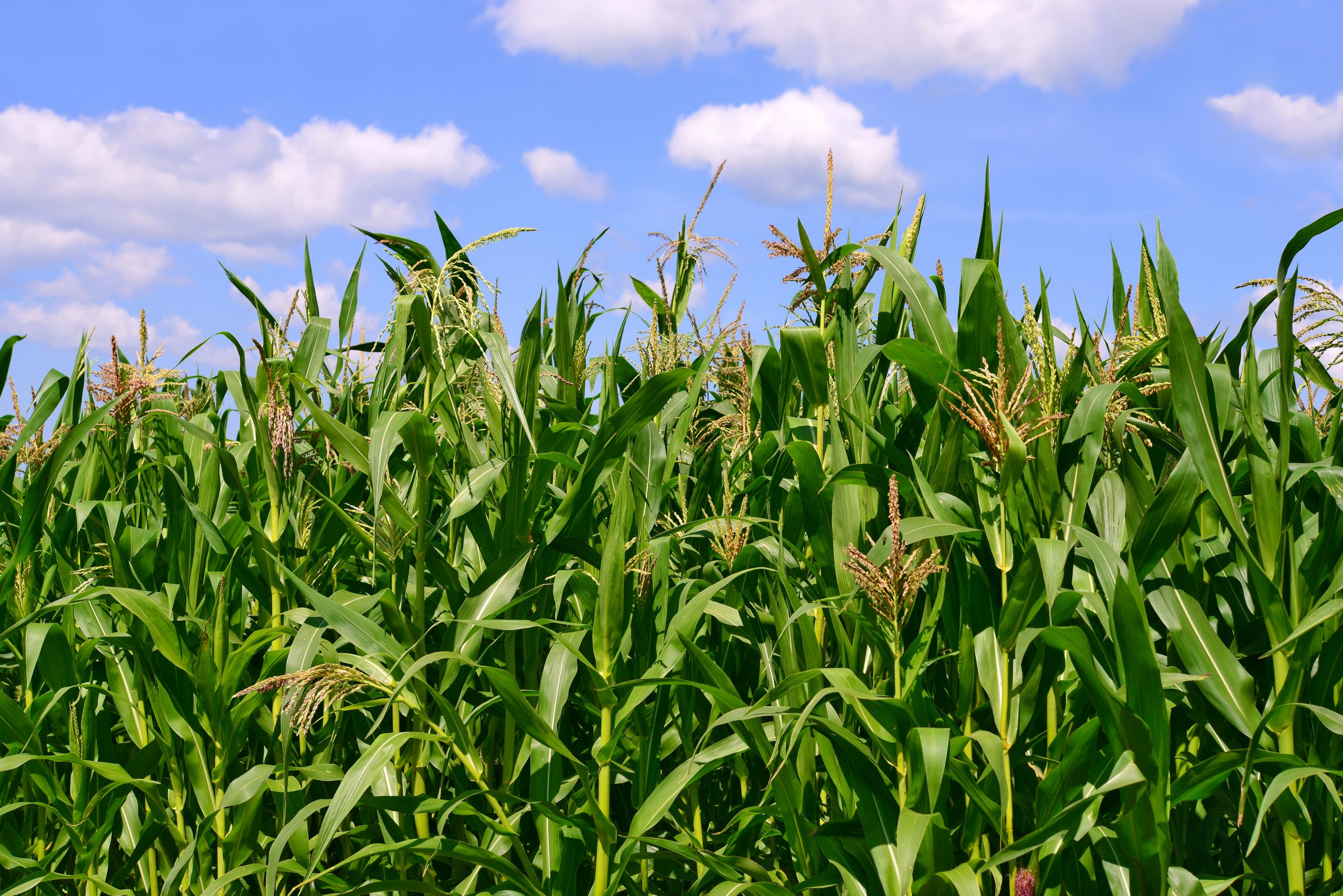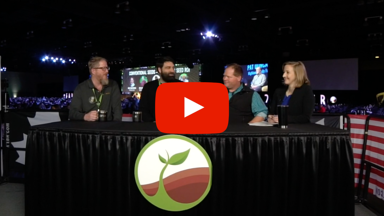- Published On: August 11, 2020
- Author: Bryce Irlbeck
There are many reasons to be interested in transitioning to organics. Premiums are one of them. Prices for organic row crops can be two to three times those for conventional, with the organic corn market trading at an average $9+ per bushel over the last decade.
The key to realizing these benefits is getting off to a strong start. Do it right, and the 36-month transition process can set you up for a profitable future in organics. It can be even quicker if you already have some “hidden” organic acres on your land.
Want to build an operation that will benefit you and your farm now and for future generations? Transitioning to organics is a great way to make that happen. Before you start, though, be aware of five pitfalls that are most common during this time. Avoid them, and you’ll find yourself on the path to great success in organics!
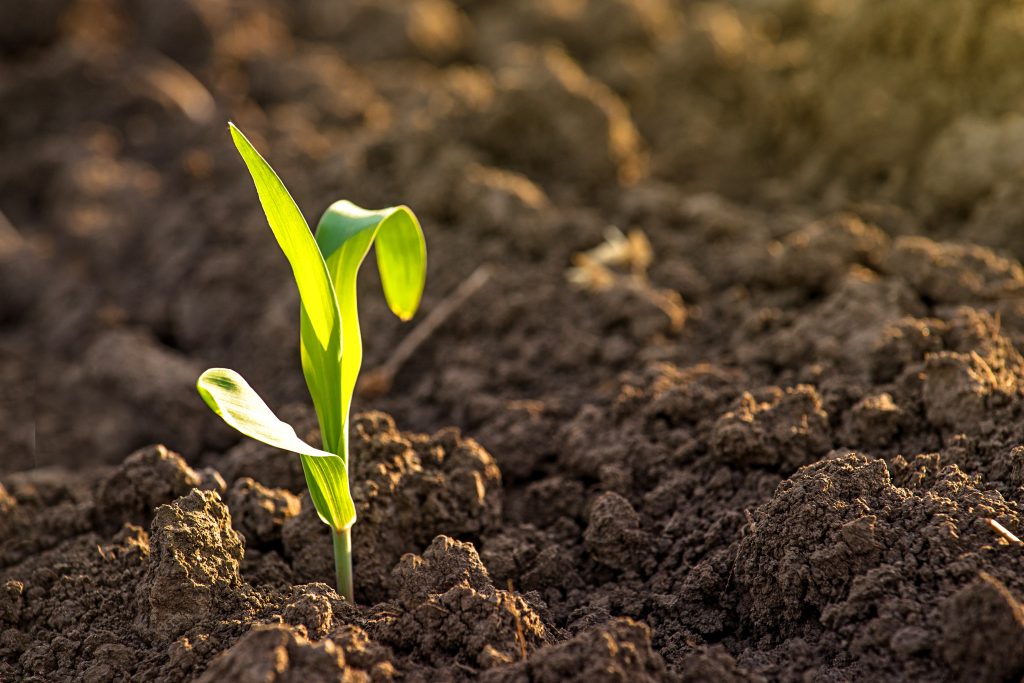
1. Transitioning to organics with too many or too few acres
You have to make decisions. One of the first is the number of acres to transition when you start the process.
You don’t want to start with too many because organics require a high level of execution. If you take on too much too soon, you can fall behind in your fieldwork and in-season decision making. Poor execution in the early phases creates a situation that can take years to overcome. You’re also at risk of stressing your finances. Transition crops will be sold at conventional prices during the transition period.
As with too many acres, transitioning too few acres can also hurt your finances. You’ll likely face suboptimal ROI on the specialized equipment you’ve invested in. For example, it is hard to justify purchasing a rotary hoe for 50 acres, but it can make sense for 250 acres or more.
Starting too small also delays economic returns. We often hear clients say they wish they had started with more organic acres.
So, what is the right number of acres for transition?
Unfortunately, there is no one size fits all answer. The right number for you will depend on your operational capacity (including access to labor), your balance sheet, and your crop rotation.
Whether it’s 200 acres or 500, it should be enough to give you a sense of scalability. You want to set realistic expectations for the economic potential of organics on your farm. But you don’t want to overwhelm your management and finances.
2. Transitioning to organics without a well-considered rotation plan
Understand this: There is not enough iron in the world to do organics at scale with the wrong rotation.
What we’re trying to say is that without a sound crop rotation plan in place, equipment alone can’t keep you ahead of weeds. When most organic farmers try to do this, they usually fail. If you don’t want to be battling weeds (and who does?), it’s critical to start with a good crop rotation.
Planting transition soybeans as their first crop is probably the common pitfall we see new organic growers make. Soybeans are tempting because they’re not expensive to grow, and you don’t have much invested if it doesn’t work out.
But that kind of thinking doesn’t work in organics. You have to know your risk with every crop. You need to understand how that particular crop is going to impact your farm not only economically, but also agronomically.
Crop rotation factors
The best organic crop rotations in transition and beyond depend on three main factors. Organic farmers should plan rotations at least 5 years ahead.
- Field Conditions: Weed pressure, soil type, and nutrient profile help determine the crops likely to perform well on your farm.
- Location: The geographic location of your farm matters because it determines which markets are available to you. Even if a crop is a great fit for organic production on your land, it’s not worth raising if you can’t sell it after harvest.
- Balance Sheet: The crops you’re growing need be balanced with your finances. And they have to be supported by your banker. We often recommend alfalfa for the transition period. It suppresses weeds and builds up the soil nitrogen needed for first-year organic corn. But be prepared, you may not make a profit your first year and might only break even the second year. Your cash flow must be able to support you through the years of investing in your future.
3. Buying the wrong kind of crop insurance, or getting inadequate coverage
Another pitfall we see farmers make while transitioning to organics is this: taking out conventional crop insurance.
This is a big no-no. Because it’s fraud, and it could cause majors issues for you in the future. Make sure when you sign up for crop insurance that you’re buying the right kind.
The other watch out is ensuring you get enough coverage. Insurance coverage is based on your county’s treasury yields (T-yields). You’re likely to see a dip in guarantees from what you were insured against with conventional crops . The long-term upside, however, is that you’ll have an opportunity to build up solid coverage in organics as you record your actual production history (APH) and organic crop prices. For this reason, it’s really worth considering a variety of transition crops other than corn and soybeans.
4. Believing organic premiums will cover for average effort
Five years ago, you could make a lot of mistakes and still come out ahead. That’s because the premiums for organic crops were so high, but they’re no longer as high as they were.
It’s a serious pitfall when farmers transitioning to organics believe they’ll make good profits with only average effort.
If you want a successful transition into organics, you need to plan, plan, plan. And then execute that plan to the very best of your ability.
Start by building relationships with like-minded farmers. You can benefit greatly from the first-hand experience of farmers who navigated the transition period and are running successful organic row crop operations. We share much of the knowledge we’ve gained from personal experience on our own farms and from working with others in several free resources available on our website.
Once you have a strong knowledge base, you need to create your plan. Just as importantly, you must implement the systems and processes that will enable you to follow through on it. AgriSecure developed the MyFarm platform to help you do just that. It guides you through the steps of designing your plan and helps you stay on top of executing them.
The MyFarm platform also tracks your data so you can continually make decisions and adjustments based on actual facts specific to your land and your farm. It simplifies the transition process, too, by collecting the information required for obtaining organic certification.
5. Going it alone during the transition to organics
Transitioning to organics can be overwhelming, and going it alone is a pitfall you want to avoid. From deciding which acres to transition, to determining what crops to grow, to balancing your cash flow, there are many interconnected factors that go into running a profitable organic operation. You need a support system to do this and do it well.
And that’s why AgriSecure was founded by farmers for farmers. You don’t have to make the same mistakes we did when we were starting out. We’re here to share the lessons we’ve learned and help you create a path to a profitable future in organics. Schedule a call with us today and learn how we might be the right partner in your transition to organic production.
By Bryce Irlbeck, AgriSecure Founder and Owner of B&B Irlbeck Farms and Kenn Jenkins, CCA, AgriSecure Account Executive and Owner of Goliath Ag Farms
Related Articles
-
Make Your Organic Transition Period a Smart Investment
To become an organic farmer, you need to complete the organic transition period. Unfortunately, that’s a financial barrier for many farmers. Why? Because unless you have some hidden acres, you’re growing crops organically for 36 months while selling them at commodity prices. But with the right loan, plan, and mindset, you can use this time […]
-
5 Steps for a Strong Transition to Organic Farming
Is your family farm struggling to stay profitable? Are you worried the only way to stay in business is to increase your acreage? It’s time to put your worries aside. You can transition to organic row crop farming and take control of your profits. With organics, you can improve your farm’s bottom line. You won’t […]
-
Organic Certification. Done by Sep 2020. Check!
The pandemic turned “normal” upside down in 2020, but it didn’t stop AgriSecure. Our members got their organic certification completed. On time. COVID-19 caused communication delays. It created confusion across the nation. Still, all our members had their organic certification paperwork done by September. Why? For one, row crop farmers gained from our expertise in […]
-
Organic Transition Provides “Peace of Mind” and an Edge
Not so long ago, Todd Grohs realized he had a problem. He was doing the budget for his 5,000-acre farm in Wessington Spring, S.D., and the numbers didn’t look good. “I said, ‘I’ve got an option here. If I stay doing what I’m doing, in three to four years I’ll have all of my equity […]
-
5 Steps for Financing the Transition to Organics
Profits. They’re one of the primary reasons farmers decide to move into organic production. Financing the transition to organics, though, can be one of your biggest hurdles. That’s why the support of a banker or ag lender can be a lifeline for farmers looking to get into organics. The right backing helps you build an […]
-
Consider Organic Farming? Yes.
With so much economic uncertainty caused by the COVID-19 pandemic, you may be wondering: Is now the right time to transition into organic crop production? Is this the right time to increase the number of organic acres you’re already farming? My answer, yes. Current market conditions, falling commodity prices for conventional crops and somewhat lower […]
-
80 Million Millennials Can’t Be Wrong: Farmer Panel
80 million millennials are a part of the driving force behind the rapid growth of organic food demand. So why aren’t more farmers transitioning into a system that sees premiums of 2x over conventional and profitable margins? In a panel that took place at FBN’s Farmer2Farmer V event, AgriSecure co-founder and organic farmer Bryce Irlbeck […]
-
Organic Production? Get this Free Playbook.
Becoming an organic farmer is not a simple task. It requires a 36-month period, known as the transition process, where fields are treated as they would be under organic certification, but without being able to reap the organic premiums. Transitioning can set your organic operation up for success or struggles, which is why AgriSecure has […]
-
AgriSecure Shares Transition Tips at Minnesota Organic Conference
AgriSecure account executives Kenn Jenkins and Pete Kapustka will share the company’s perspective on how to manage the transition process into organic production at the 2020 Minnesota Organic Conference. Becoming an organic grower requires a field not having any prohibited substance or genetically modified crops on it for 36 months, and that time period can […]
-
Watch “Going Organic: Crops of the Future”
Thinking of going organic? Wondering what it might look like for your farm in the future? Watch the in-depth discussion between organic farmers J.P. Rhea AgriSecure founder J.P. Rhea, Travis Heide, and Rusty Olson at FBN’s Farmer2Farmer V event to gain insights into the path of organic so that you can make more educated decisions […]
Get in the know
Our newsletter, it’s a quick read. You’ll get industry news plus all the latest organic insights. Who doesn’t want that?
